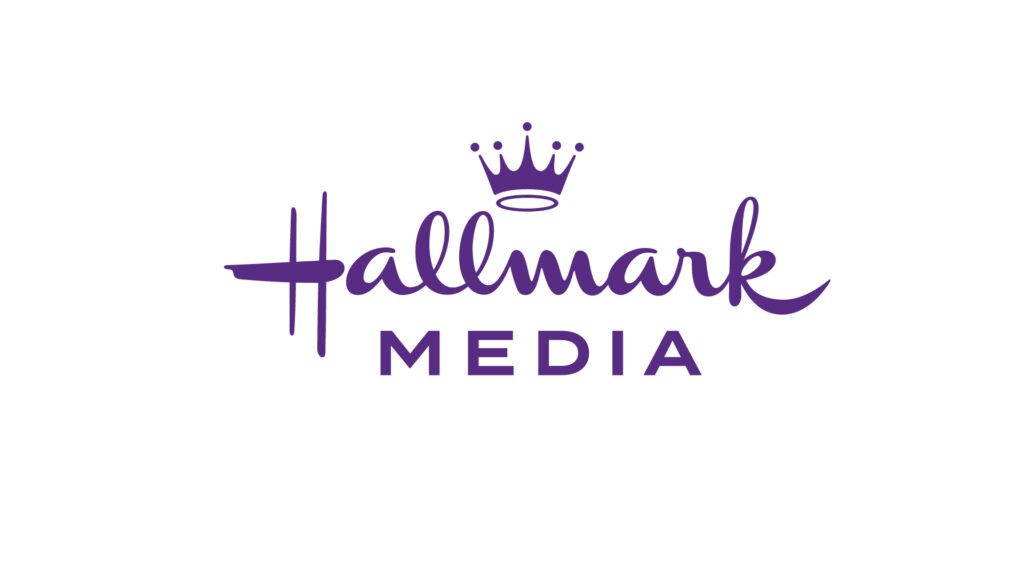 Bobcat is making a change—more than a few changes, in fact. Recently, the brand known for farm and construction equipment unveiled its new campaign: “Next Is Now.” The campaign brings a whole suite of product, technology and consumer training innovations. It’s no doubt a costly venture—and one that won’t likely go off without a hitch.
Bobcat is making a change—more than a few changes, in fact. Recently, the brand known for farm and construction equipment unveiled its new campaign: “Next Is Now.” The campaign brings a whole suite of product, technology and consumer training innovations. It’s no doubt a costly venture—and one that won’t likely go off without a hitch.
The reason for this risk can be summed up in a telling statistic: 40% to 90% of new products fail. The execs at Bobcat undoubtedly know it, and they likely expect some of the offerings to downright fizzle.
With today’s quantitative and qualitative tools becoming more accessible, affordable, and faster, there’s no reason to launch products under a cloud of dust and gas—or diesel, in this case. You can quite literally collect troves of data about people’s perceptions concerning an idea, product or brand.
The perfect time to collect qualitative data is when you are exploring new opportunities. It can give you a deeper understanding of consumer attitudes with regard to adoption and interest. As you move into the prototype phase, quantitative data becomes your best friend. It can provide statistically significant information to validate the likelihood of engagement, leads and sales that will come from your marketing tactics and distribution channels.
A Match Made in Statistical Heaven
Bobcat isn’t alone in rolling the dice with a product launch. Plenty of brands do it. In fact, my company has worked on a number of new product launches where brands have taken shortcuts or pushed off collecting data altogether—particularly qualitative data. The feeling is that they “know” their customers or that the collection process is too expensive or time-consuming.
They rely on quantitative research, which might secure executive-level buy-in but essentially only confirms assumptions. It offers a fairly accurate snapshot of the market, allowing you to better forecast engagement, ROI and reach. But without the qualitative component, brands are often left struggling to roll out the product. It’s not possible to connect with a target audience on an emotional level if you fail to capture opinions, values and beliefs—or define the “problem.”
By using qualitative information to calibrate the quantitative research before launch, you’re more likely to start down the right path. But how exactly do you go about doing this? The following are the best places to start:
1. Mind the application.
How you apply data insights prior to launch is far more important than whether you’re using qualitative or quantitative methods. Qualitative data can provide context for its quantitative counterpart, propelling your marketing strategy forward. You won’t need to assume what will resonate with a target audience—you’ll already know.
Pair the two methodologies to derive measurable insights on messaging, calls to actions, etc. Just remember that machine learning and new technologies have begun to blur the lines between qualitative and quantitative methods—as have the results they produce—which is why it’s so critical to validate your results.
Other articles you might enjoy:
- 10 CES Technology Takeaways for Marketers
- LG and BuzzFeed’s Tasty Launch First Cookie Subscription Box
- Visible’s CMO on Creating Consumer Connections Through Experiences
2. Validate results with rapid, in-market tests.
Regardless of differences in time of year, demographics or environment, data gives you a deeper understanding of your target audience. It also informs many strategic marketing decisions. But testing is the only way to realize and validate the messaging, channel and experience needed to engage and convert. Otherwise, your go-to-market strategy is built on assumptions. Test the results, adjust accordingly and repeat until you arrive at a channel and message that are the right fit.
3. Keep asking questions of data.
Don’t just survey, test, and validate once. You should create an ongoing process of monitoring, listening and asking questions of the data. If not, you might start to neglect customer feedback, which can have statistical significance. Changing brand sentiments, for example, could impact a product launch as well as risk your customer retention efforts.
4. Monitor dashboards daily.
Creating a single view of the customer undoubtedly can make data insights more actionable. You can know everything from your customers’ standard demographic elements to their intentions and preferences—that is, of course, if you actually look at your dashboard. Finding a narrative within the complex assemblage of information is vital, so you need to get curious about what the data is recounting and then use that curiosity to ask questions an analyst might not otherwise be asking. It’s only through daily monitoring that you will become so familiar with the data that you can uncover the nuances.
5. Talk to customers weekly.
I’d like to say talk to customers every day, but you don’t want to be a pest. Still, if you have frequent conversations and make those discussions them and their perspectives, they’ll be more willing to engage. Get them thinking about your product’s purpose. Ask them what they think are the benefits of the brand. The answers will alert you to changes in perceptions, attitudes, competitors and even potential new audiences.
Just make sure that your conversations don’t reek of data capture. The last thing you need is for customers to don their opera glasses and critique your product for the sake of giving a critique. You want to gather reliable qualitative information that you can use to inform quantitative research and validate those assumptions.
You can capture and use qualitative and quantitative data at any time, but you’ll always find it most useful when moving into a new market. Even if the market isn’t new, both methodologies are critical to product launches—or product improvements.
Qualitative data offers context to quantitative research. It’s like putting a face to the name, which makes your customers feel much more real. While some like to debate the value of the two approaches, you must conduct both to gain the most relevant insights and make the most strategic decisions.
Tessa Burg is Tenlo‘s vice president of UX and technology strategy.
 Network
Network

